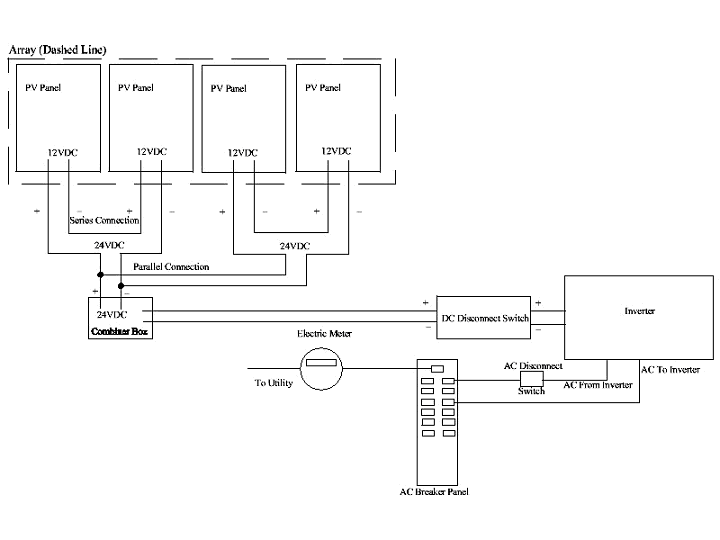


Garden Mastery Academy - Module 1: Dare to Dream
will be released to subscribers in:
soon!











larahna hughes wrote:I have a small cabin 12x16 and I would like to install wiring so that I have plug-in power options. I am on a budget so it will be a phased in power plan. Here is my plan so far:
1. Wire the cabin with plug outlets (perhaps to a small breaker box) and lighting.
2. Power plan phase 1: 300 watt inverter connected to a 12 volt deep cycle battery with battery either charged from my car alternator or a separate battery charger (i have access to off site power)
3. Power plan phase 2: add solar panels and additional 1-2 batteries to the existing system.
I am not an electrician but I would like to design the system so that it is DIY friendly, has the option of connecting easily to a gas powered generator and solar panels.
I would appreciate any suggestions on a) wiring the cabin b) creating the connection point c)allowing for multiple power options (solar, generator, etc)
Thanks!
GA Homesteader


















|
Seriously Rick? Seriously? You might as well just read this tiny ad:
The new purple deck of permaculture playing cards
https://www.kickstarter.com/projects/paulwheaton/garden-cards
|






